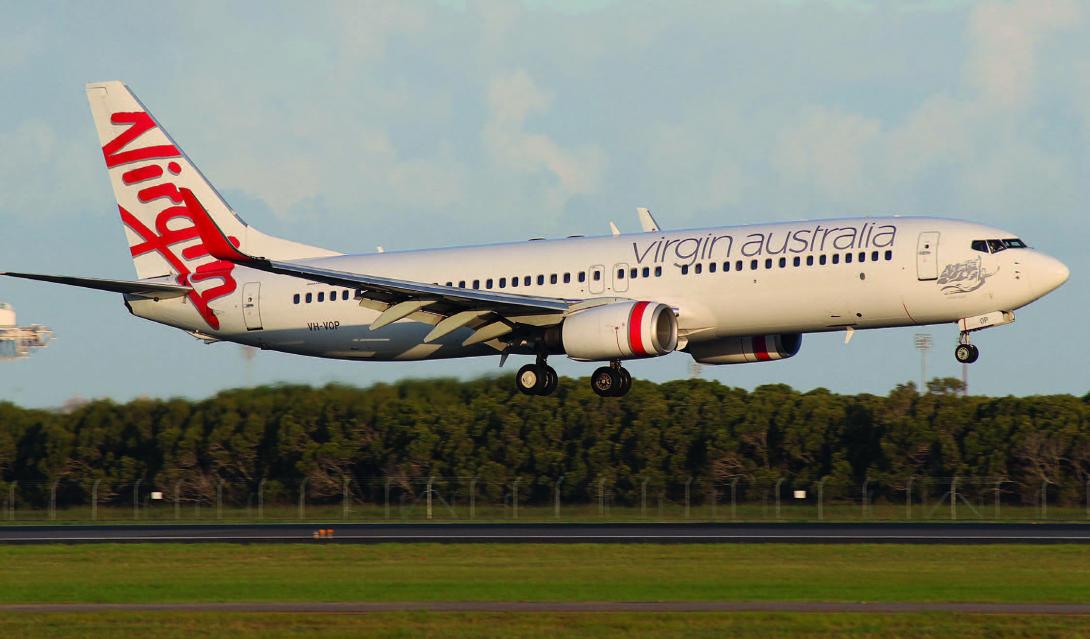The ATSB is advising pilots to be conservative when relying on pilot reports for runway surface conditions, in particular, when the conditions are considered damp.

The ATSB’s investigation into the reduced braking effectiveness during landing of a Boeing 737 at Christchurch International Airport, 11 May 2015, highlights the how misperceptions of runway surface conditions can lead to runway excursions.
After touch down on runway 29, the Boeing 737 did not decelerate as expected during the later stages of the landing roll. The crew overrode the autobrakes, applied hard manual braking and retained the use of reverse thrust until the end of the runway.
The aircraft stopped about 5 metres from the end of the runway.
The ATSB found that, due to an increased workload, the crew misperceived the runway surface conditions, believing it to have a damp surface condition when in fact it was wet. This resulted in the aircraft’s expected landing performance not being achieved.
Pilots are advised to apply a conservative approach when relying on other pilot reports for runway surface conditions, in particular, when the conditions are considered damp.
ATSB Executive Director, Transport Safety, Mr Nat Nagy said the incident demonstrates how the subjective nature of runway surface reports and braking actions reports can contribute to the risk of a runway excursion.
“There is little standardisation between how pilots, industry and regulators describe runway surface conditions,” Mr Nagy said. “Information provided to pilots is often from multiple sources, with undefined terminology that may only be relevant to a certain time or type of aircraft.
“To overcome this, the International Civil Aviation Organization will be adopting the United States Federal Aviation Administration’s (FAA) runway condition assessment matrix in November 2020.”
The Civil Aviation Safety Authority (CASA) have advised the ATSB they anticipate aligning their runway condition definitions with ICAO post 2020.
“Until then, pilots are advised to apply a conservative approach when relying other pilot reports for runway surface conditions, in particular, when the conditions are considered damp,” Mr Nagy said.
Additionally, the ATSB found, along with the FAA, that the 15 per cent in-flight safety margin applied to actual landing distances may be inadequate under certain runway conditions. CASA has advised they intend to evaluate this finding and update the corresponding advisory material accordingly.
Read the final report: Reduced braking effectiveness during landing involving Boeing 737-800, VH-VOP, at Christchurch Airport, New Zealand, on 11 May 2015


